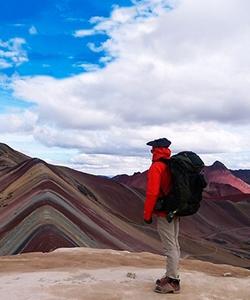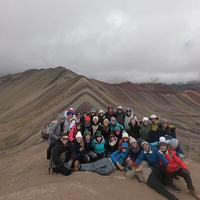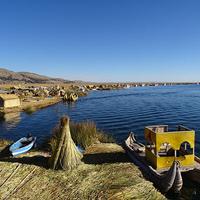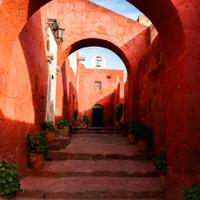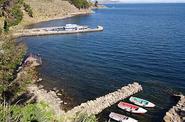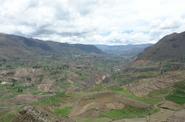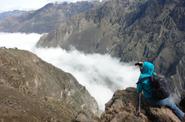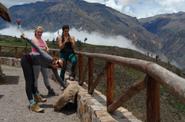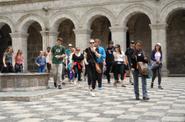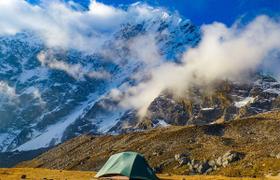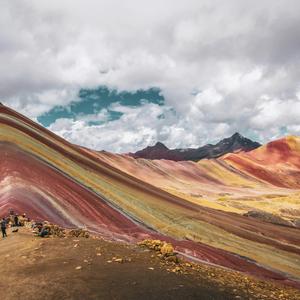Arequipa, the White City is located between the Andes and the coastline. It sits nestled between Misti, Pichu Pichu, and Chachani, a series of volcanic mountains ranging in height from 18,578 ft. to 19,866 ft. The city's many colonial buildings were crafted from smooth, white ashlar stone, giving much of the city a uniformly pearly appearance. According to a government survey, Arequipa has the largest amount of "workforce" within the country amounting to 625 547 people, the city's industrial sector has the largest nationwide diversification and is the second most industrialized city of Peru after Lima.
We will have a walking tour where we'll visit the main square, travel down the colorful streets, and go to the Monastery of Santa Catalina. Santa Catalina is essentially its own little city, complete with the cutest alleys and streets, colorfully painted walls, gorgeous courtyards, and fresh flowers at every turn. The complex, which stretches over 20,000 square meters, is built from volcanic sillar stone and is organized into cloisters, living quarters, a plaza, a gallery and a chapel. Back in colonial times when the convent was first founded n 1579, the second daughter born into every family was expected to become a nun. If they could muster up 1,500 gold pieces the entire family had privileges.
Next we'll visit Museo Santuarios Andinos, where you will meet an Inca Ice Maiden. Perhaps the best-preserved mummy in human history, she is also known as the 'Lady of Ampato' because she was found at the top of Mount Ampato, a dormant volcano sitting at 20,624 ft. high. The mummy is a 15th century Royal Incan girl and was discovered in Peru in 1995. Her body was so well preserved due to the freezing temperatures on top of Mount Ampato.
Researchers have suggested that Mummy Juanita was a victim of an important Incan sacrificial rite known as Capacocha, which has sometimes been translated as royal obligation. Scientists can now reveal her astonishing story. At the age of 12 she would have been taken away from her peasant parents and given a remarkable yearlong preparation for her particular role in life. She would have been put under the guidance of priestesses and dressed in the best clothes. Her hair would have been immaculately braided, and her modest diet replaced with the finest foods. "There is no sign of violence," says Dr. Emma Brown, an archaeologist at Bradford University. What we suspect is that she was probably in a stupor when put in the ground. We think a combination of the altitude, the cold and the low oxygen meant that she would have just slipped away.
Your late afternoon/evening domestic flight out of Arequipa should be followed up by your international flight back to home.
Lunch and dinner on your own.




